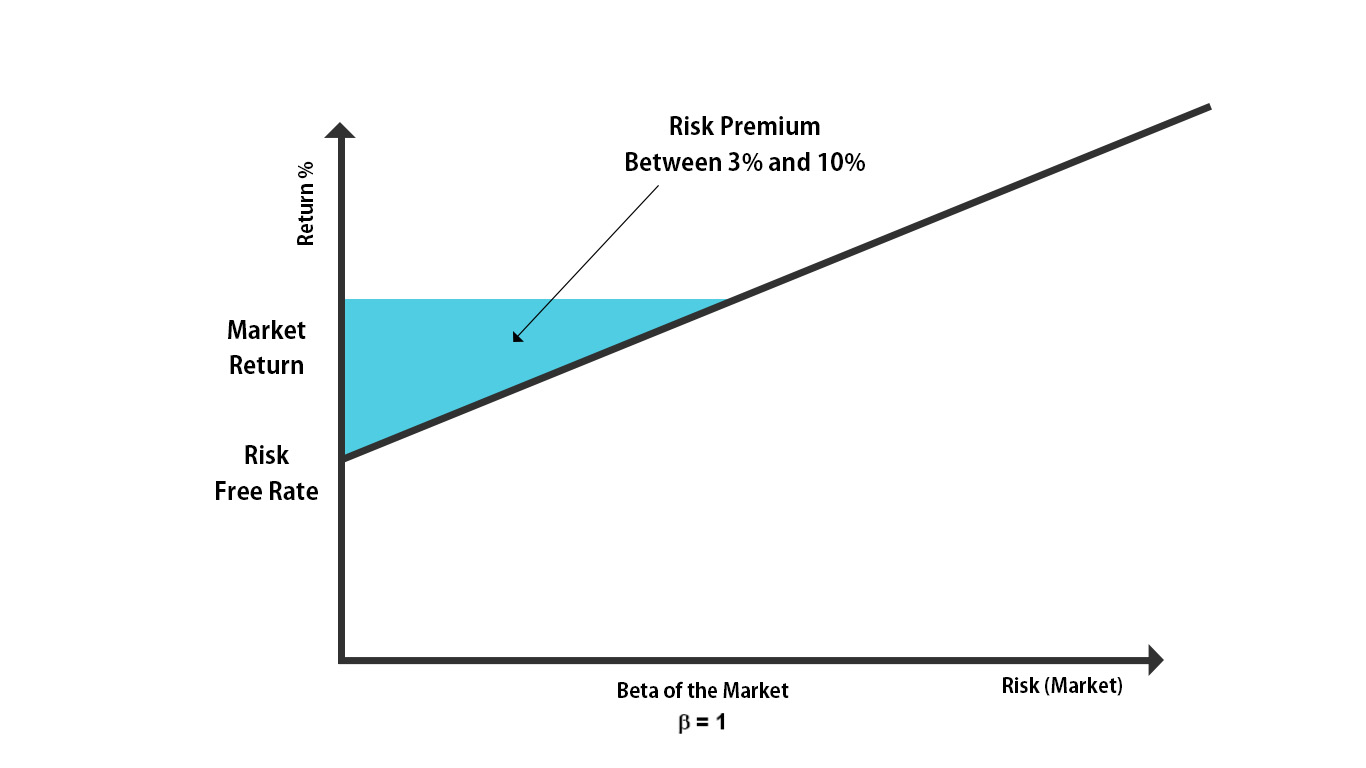Home>Finance>SEC Form S-4: Definition, Purpose, And Filing Requirements


Finance
SEC Form S-4: Definition, Purpose, And Filing Requirements
Published: January 25, 2024
Learn about SEC Form S-4, its definition, purpose, and filing requirements in the world of finance. Master the essentials of this crucial legal document for financial transactions.
(Many of the links in this article redirect to a specific reviewed product. Your purchase of these products through affiliate links helps to generate commission for LiveWell, at no extra cost. Learn more)
SEC Form S-4: Definition, Purpose, and Filing Requirements
When it comes to finance, there are countless legal requirements and forms that companies need to navigate through. One such form is SEC Form S-4. In this blog post, we will delve into the definition, purpose, and filing requirements of SEC Form S-4, a vital tool for companies involved in mergers, acquisitions, and other significant corporate transactions.
Key Takeaways:
- SEC Form S-4 is a mandatory filing with the Securities and Exchange Commission (SEC) for companies involved in mergers, acquisitions, exchange offers, and other business combinations.
- The purpose of filing SEC Form S-4 is to provide important information to shareholders and potential investors regarding the transaction, the companies involved, and the securities being offered.
What is SEC Form S-4?
SEC Form S-4 is a required documentation that companies must file with the Securities and Exchange Commission (SEC) when engaging in certain corporate transactions, including mergers, acquisitions, and exchange offers. This form serves as a comprehensive disclosure document to ensure that shareholders and potential investors have access to the necessary information about the transaction.
Purpose of Filing SEC Form S-4
The purpose of filing SEC Form S-4 is to provide transparency and disclosure to shareholders and potential investors. This ensures that all parties have access to relevant information in order to make informed decisions regarding the transaction. By disclosing key details such as the terms of the transaction, financial statements, and any potential risks, the form enables stakeholders to assess the value and potential risks associated with the deal.
Filing Requirements for SEC Form S-4
Companies must comply with specific filing requirements when submitting SEC Form S-4. Here are the key elements that need to be included:
- Description of the Transaction: The form must provide a detailed explanation of the merger, acquisition, or other business combination, including the parties involved, the structure of the transaction, and any consideration provided.
- Financial Information: Companies must disclose their financial statements, including balance sheets, income statements, and cash flow statements. These statements give shareholders and potential investors insight into the financial health of the company.
- Management Discussion and Analysis (MD&A): This section provides an analysis of the company’s financial performance, discussing the significant trends and uncertainties affecting its operations.
- Risk Factors: Companies must disclose any potential risks associated with the transaction or the business itself. This helps shareholders and potential investors evaluate the potential impact of these risks on their investment.
- Proxy Solicitation: If shareholder approval is required for the transaction, the form must include information about how shareholders can cast their votes and any proxy solicitation materials.
Conclusion
In the world of finance, compliance with regulatory requirements is crucial for transparency and investor protection. SEC Form S-4 serves as an essential tool for companies involved in significant corporate transactions such as mergers, acquisitions, and exchange offers. By filing this form, companies provide shareholders and potential investors with the information they need to make informed decisions, ensuring transparency and aligning with regulatory standards.














